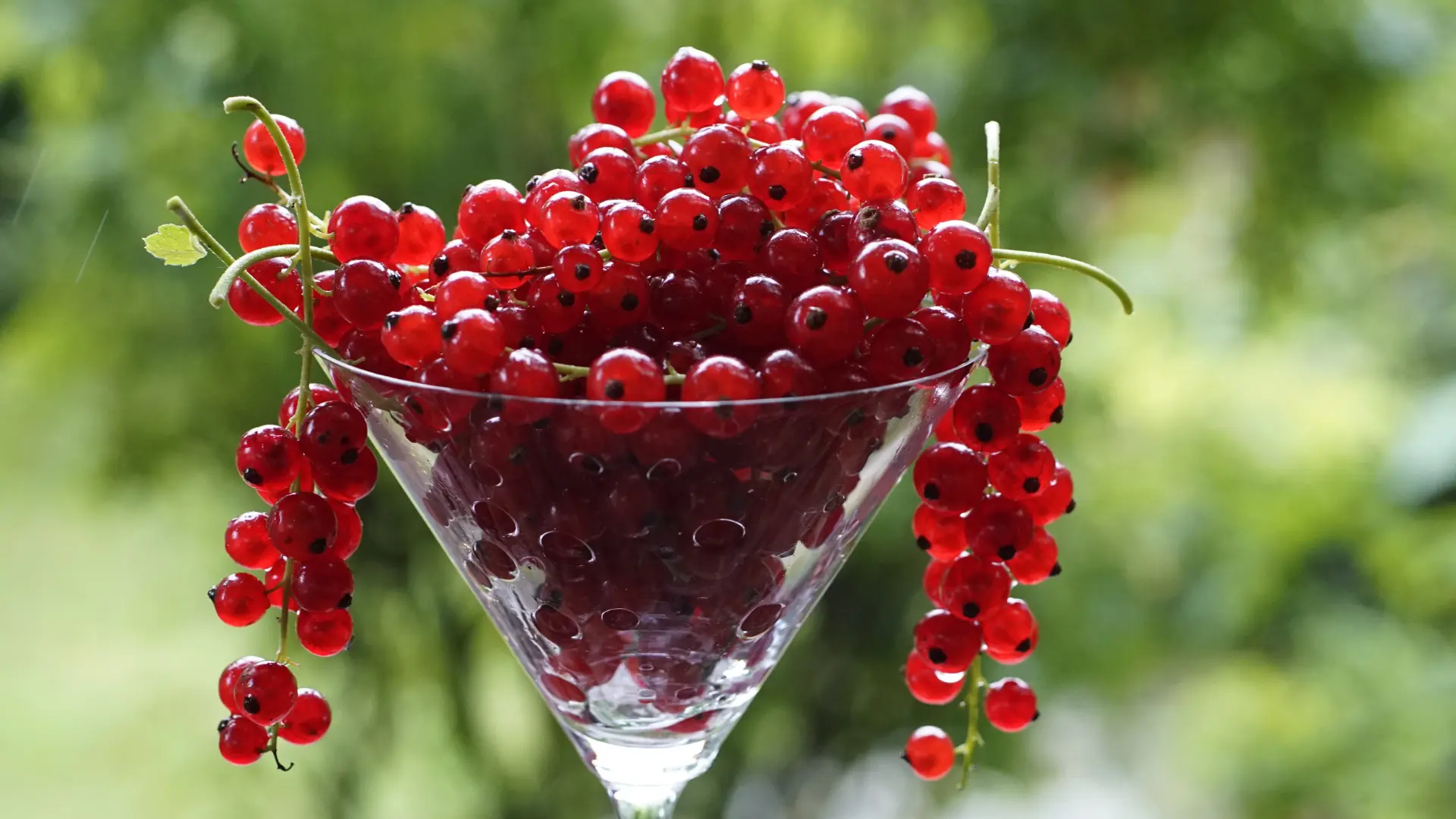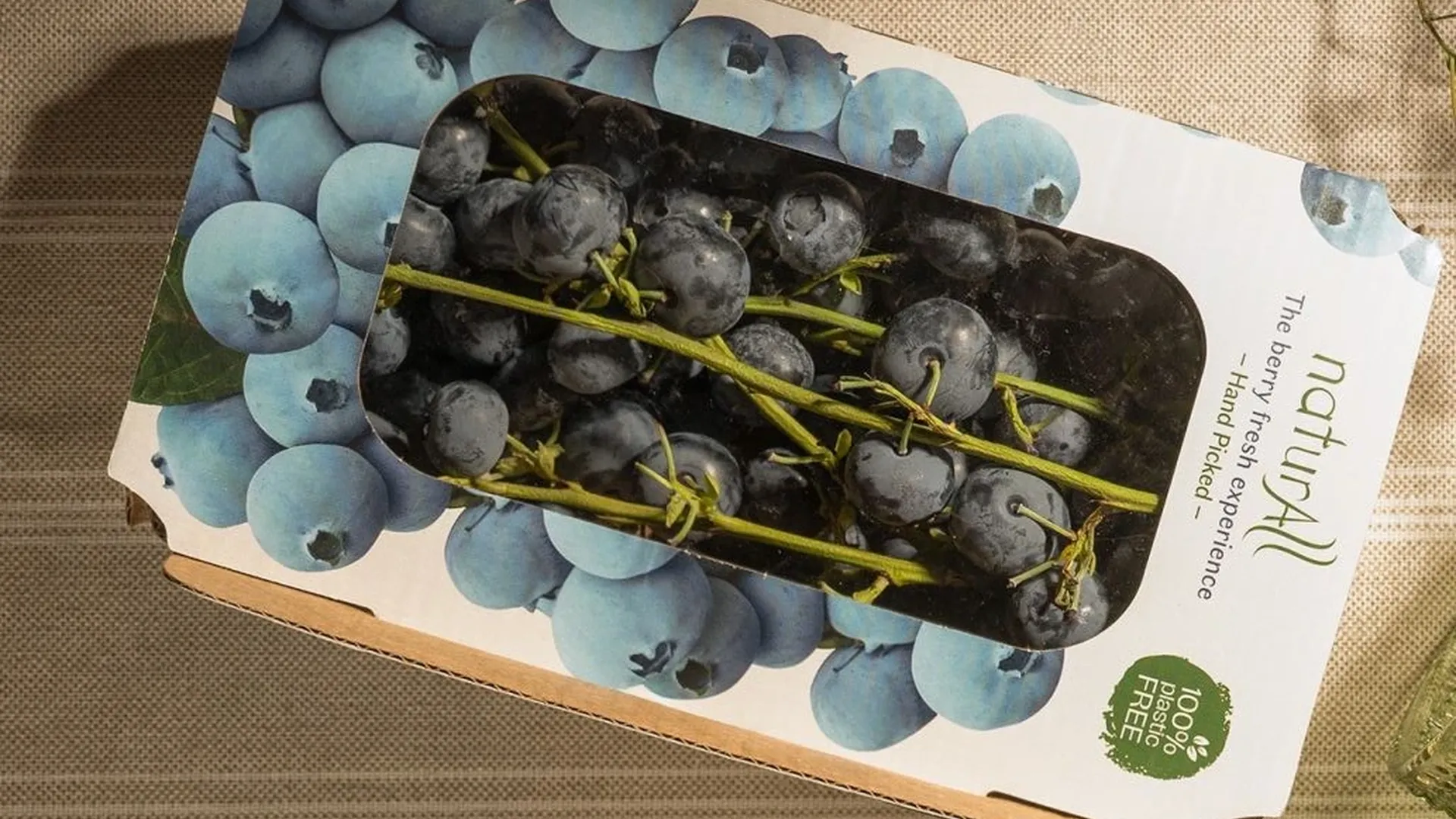Fresh market blackberries are mostly hand-harvested to maintain the quality of this delicate fruit from harvest to consumption. Labor shortages, labor costs, and slow hand-harvesting hinder the potential expansion of blackberries in the fresh market and market-ready supply. Automated harvesting options (shaking plants, cutting stems, or using rigid tongs) are already used for other fruits. However, these options are not feasible for harvesting blackberries from the fresh market because they could cause quality problems such as loss of berries or inversion of red drupes (drupes turn from black to red) at harvest or during storage.
Soft robotics provides an innovative option for automated harvesting using compliant grippers (rubber, silicone, etc.) that allow versatility in the task of grasping and manipulating delicate objects with complex and dynamic shapes. A research team at the University of Arkansas is developing engineering-based solutions using soft robotics to implement gentle harvesting of blackberries fresh market using a custom-designed soft robotic gripper. One of the first steps in developing the soft robotic gripper is to collect data on the harvesting of blackberries fresh that may be needed to design and program the robot.
When a person picks a blackberry, which fingers are used to grasp the blackberry, how much force is needed to pick the fruit from the plant, and how does this affect the quality of the fruit? To answer these questions, the research team created a custom-made force-sensing device with flexible force sensors on the thumb and index, middle and ring fingers of a person picking blackberries for the fresh market.

These sensors measured the forces applied during berry picking by each finger on the berry surface. Data were recorded for the force-sensing apparatus using a portable water-resistant case housed in a backpack, and the processed data were transmitted and recorded on a mobile workstation.

Oltre 2.000 more sono state raccolte da un coltivatore professionale di more in Arkansas utilizzando l’apparecchio di rilevamento della forza. L’analisi dei dati ha indicato che il pollice ha applicato la forza più alta (0,78 N), seguito dal medio (0,40 N), dall’indice (0,19 N) e dall’anulare (0,07 N). Questi risultati riflettono la relazione anatomica della mano durante il prelievo, dove il pollice e il medio agiscono come applicatori di forza primaria mentre l’indice e l’anulare agiscono come stabilizzatori. Il team di ricerca ha messo in relazione i valori di forza misurati con gli attributi di qualità delle more, che sono state valutate in confezioni dopo 21 giorni a 2°C. Gli attributi di qualità erano paragonabili alla raccolta senza l’apparecchio di rilevamento della forza, con basse perdite (6%), marciume (<2%), e drupe rosse (5%), stabilendo così che l’apparecchio di rilevamento della forza non avesse compromesso la qualità delle bacche.
Using these results, a new tendon-guided soft robotic gripper was developed using soft, compliant silicone and active feedback force control at the fingertip. The versatile gripper was used to collect 240 blackberries: 60 berries each at three fingertip force thresholds (0.59 N, 0.69 N and 0.78 N) and 60 berries as a control with the force sensors removed. The blackberries were packed at harvest (20 berries per pack), and their quality characteristics were evaluated after 21 days at 2°C. The red drupes for the blackberries collected with 0.59 N, 0.69 N, and 0.78 N were 0%, 8%, and 16%, respectively, and the control sample had 0%.
Although it is feasible to develop a soft robotic gripper for harvesting blackberries from fresh market, further research and development will be needed for commercial implementation. In this research, it was possible to determine the number of grippers and force required to harvest blackberries with acceptable fruit quality at harvest and during storage. Next, we need to develop robotic perception to find the blackberries ripe on the plant for gripper for harvest and storage.
Cover image shows the prototype soft tendon-guided robotic gripper with flexible, soft material and active force-feedback control for harvesting fresh blackberries .









